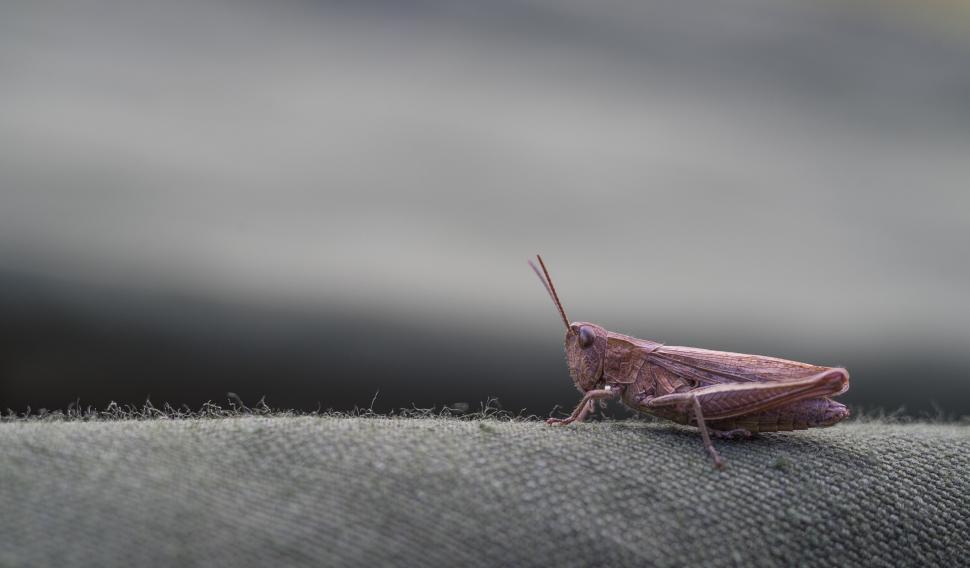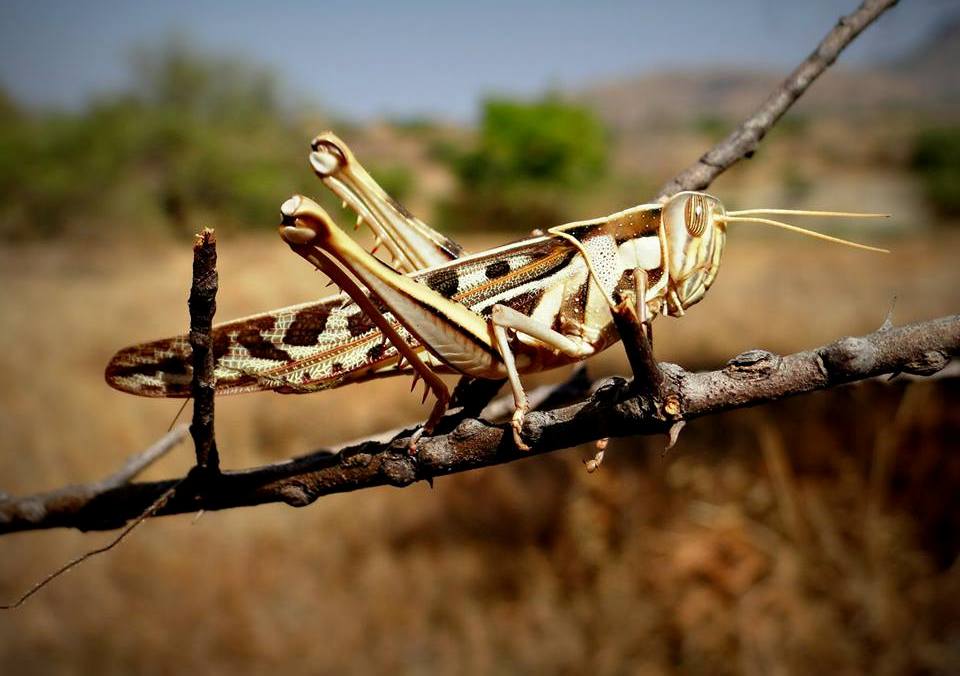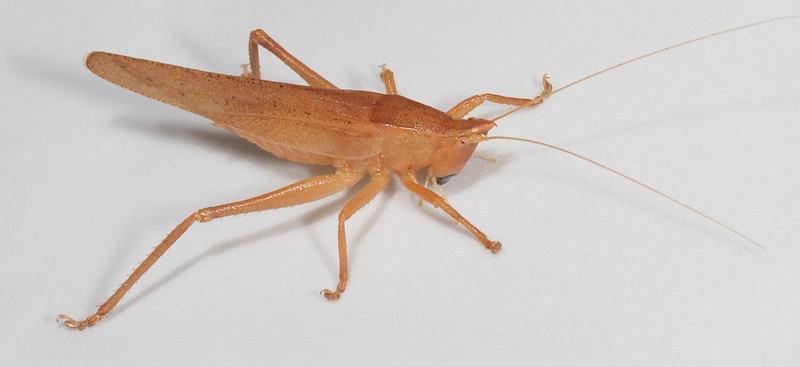Exploring the Fascinating World of Crickets
How much do you know about crickets? They're fascinating little creatures, and today we're going to learn more about what makes them tick... erm, chirp!

How much do you know about crickets? They're fascinating little creatures, and today we're going to learn more about what makes them tick... erm, chirp!

If you were to think about crickets, you might think about the music they make at night. Or, you might think about Jiminy Cricket. There’s a lot more to these interesting creatures than meets the eye (or ear, in this case), though. Let’s delve into the intriguing world of crickets and uncover some lesser-known facts. We’ll talk about topics including:
Let’s get started and take a deep dive into the fascinating world of crickets!
While it might just sound like a beautiful summer song, that familiar chirping is more than that. Male crickets create their characteristic chirps by rubbing their wings together in a behavior called stridulation. They do this to woo female crickets for mating.
If you listen carefully on a warm evening, you’ll likely hear lots of different cadences, tones, and volumes. Each cricket species (and there are a lot of them!) has its own special song, and the speed of chirping is often influenced by the weather. On hot evenings, the songs will have a faster tempo, and on cooler evenings, the chirps will have more pauses. Other factors that can affect their chirp rate are how old the cricket is, how much competition the males have, and whether they’re hungry.

One reason for the different speeds of chirping is that crickets are cold-blooded, which means they have to regulate their body temperatures depending on the environment. During the day, they might bask in the sun to warm up. At night, they cool down along with the ambient temperature.
Many times, crickets will die over the winter, but some will find sheltered places, such as inside a toasty warm home, to ride out the colder months. Crickets can also go into a state called torpor, which is similar to hibernation.
You might not want to sit down with a large plate of crickets at dinnertime, but these insects are a source of nutrition. They’re chock-full of protein and vitamins, and they don’t need as much space, water, or resources as other types of livestock that you might eat on a regular basis, like cows, pigs, or chickens.
Cricket farming has become more popular in recent years, and they just might become the next protein trend. It could help tackle the problem of food insecurity, too. If you’re open to it and you have a source of edible crickets, consider giving them a try!
Another fun fact about crickets is that they hear through their knees. Their ears are located on their forelegs, and they detect sound waves by picking up on the vibrations they make. Crickets can sense you or other potential predators approaching thanks to these vibrations.
In some crickets, one ear is larger than the other, and that allows them to determine more easily from which direction a sound is coming from.

Aside from Jiminy Cricket, these little creatures have found their way into various stories, myths, folklore, and types of symbolism. In some cultures, such as in China, crickets are considered good-luck symbols that can protect against evil and bring prosperity.
Crickets are also part of popular culture. In the Disney film, Mulan, Cri-Kee is the princess’s lucky cricket who warns her of danger and watches over Mulan. Jiminy Cricket himself is also a kind, caring, and brave friend to his sidekick, Pinocchio.
To you, crickets might be a household pest or a welcome musician of the night. Within their groups, however, crickets have complex behaviors and unique adaptations that have inspired fascination to the point that now they have some cultural significance.
Featured image by Jeff Christiansen / Flickr
Article image by Miguel A. Padrinan / Pexels

Grasshoppers and crickets are similar insects, but they’re two different species. It can be difficult to tell them apart, but we’ve got the details you need if you want to become more of an expert on the differences between crickets vs grasshoppers.

There are several natural measures you can take to minimize or eliminate a cricket infestation.

Crickets: Their most prominent feature is their chirping, which you’ve undoubtedly heard on warm summer evenings. These tiny creatures also have other intriguing parts of their biology that you might not know about.

Edible crickets: Maybe it’s not what you want to see on your plate, but crickets have a lot of potential in the future of sustainable nutrition.

When it comes down to crickets vs. cockroaches, knowing the difference between these two creatures is the key to keeping your home bug-free.